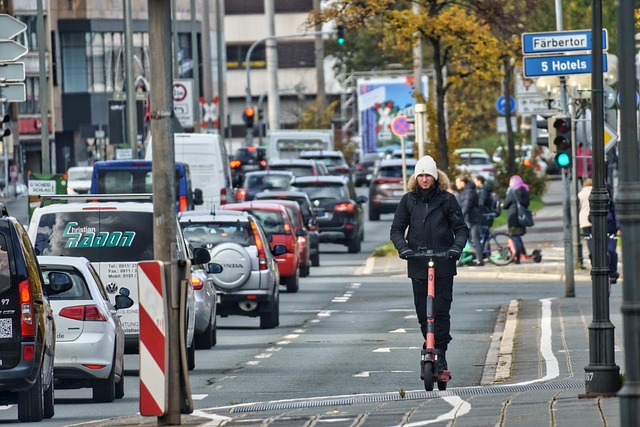In recent years, the quest for sustainable transport solutions has taken center stage, particularly when it comes to rural development. The concept of green infrastructure development emerges as a beacon of hope, advocating for a harmonious relationship between mobility needs and environmental sustainability. As our rural communities continue to face challenges related to transport access, climate change, and economic growth, the integration of green infrastructure into their transport networks offers a pathway to a more sustainable future.
Transport sustainability encompasses a wide range of practices that aim to minimize environmental impacts while enhancing economic and social well-being. In rural areas, where transportation options can be limited, it’s vital to innovate and embrace new models that not only meet the mobility demands of residents but also protect the delicate ecosystems in which they live. This is where green infrastructure enters the conversation.
Green infrastructure development involves creating spaces that not only facilitate transport but also contribute positively to the environment. This can be exemplified through the establishment of green roofs on bus stops, permeable pavements that reduce stormwater runoff, and urban forests that improve air quality. Integrated properly into the fabric of rural transport networks, these features can enhance accessibility while showcasing a commitment to sustainability. Imagine a rural community where bike lanes lined with trees lead to public transport hubs equipped with solar panels. This vision not only prioritizes the mobility of the community members but also actively engages them in their environmental stewardship.
Furthermore, investing in green infrastructure can catalyze rural development by creating jobs, stimulating local economies, and attracting tourism. Communities that prioritize environmentally friendly transport options often become more attractive to new residents or visitors, leading to increased commercial opportunities. By enhancing the aesthetic appeal of transport routes through landscaping or art installations that reflect local culture, rural areas can create vibrant spaces that resonate with both residents and travelers alike.
Moreover, the benefits extend beyond mere aesthetics. Implementing green infrastructure in rural transport planning has the potential to bolster resilience against climate change. For example, trees not only provide shade and beauty but also act as buffers against extreme weather conditions, helping to manage floods and reduce heat in urbanized areas. These ecological services are vital in a time when climate change poses a significant threat to rural livelihoods. Adopting practices that support nature-based solutions can thus safeguard communities against uncertainty and promote a healthier living environment.
Ultimately, the transition towards sustainable transport in rural areas necessitates a collective effort. Stakeholders, including local governments, residents, and businesses, must work collaboratively to embrace green infrastructure development as part of a holistic mobility strategy. By combining innovative green solutions with public transport, cycling, and walking infrastructure, a multi-modal transport network can be built that prioritizes both people and the environment. Embracing this integrated approach not only addresses the immediate challenges of transport accessibility but also sets the groundwork for a resilient and sustainable future.



